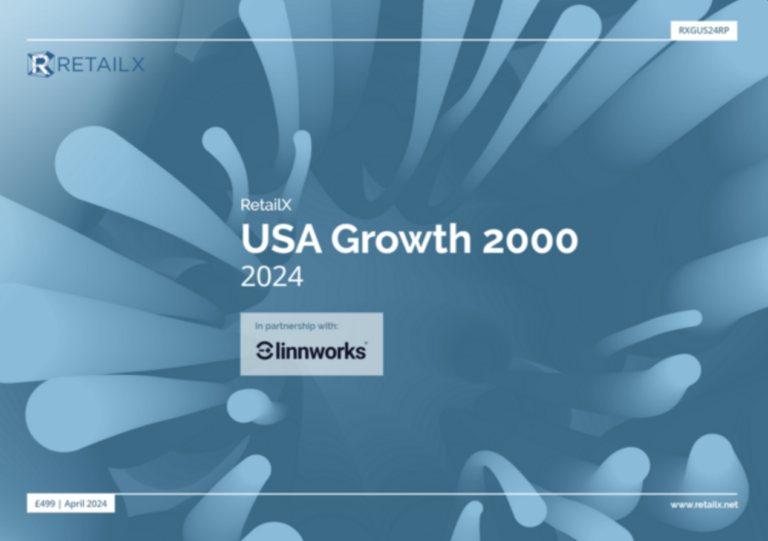We’re marching steadily, and increasingly rapidly, towards a world where the Internet of Things (IoT) is built into each aspect of everyday life and data defines the business winners from the losers.
I’ve been working with The Future Laboratory recently on its Tech Futures report and as it stands devices such as the Nest thermostat and British Gas’s Hive home control already have hundreds of thousands of users. Most people used the Hive app at least once a day last winter, according to British Gas. And connected wearables like FitBit and Jawbone are becoming commonplace as we take a greater interest in our own fitness, health and wellbeing.
Saturation levels are only set to increase. According to EMC’s calculations, by 2020 there will be 30 billion devices connected to the internet. More specifically, Connected Home World, Marketwatch and Actiontech sales of connected home technologies that can control lights, locks and temperatures will soar from £2.8bn ($4.4bn, €3.9bn) in 2015 to up to £38bn ($59bn, €52bn) in 2020.
I was also recently shown a shirt that contains sensors that tell a connected washing machine exactly how to wash it. It’s just a short matter of time before millions of shirts will report back to their manufacturers on how they are standing up to everyday use, so that the next batch can be refined still further.
This level of detail holds significant cross-sector value. After all, which company wouldn’t want to better understand how its products were or weren’t being used?
But embracing Internet of Things (IoT) technology means that brands have to be prepared to…
Bare all to consumers
Connected devices which automatically share detailed and unfiltered data with one another means that a brand will be unable to hide anything about anything. And as we’re entering an era of truth-based purchasing, anything which suggests that their products are less than adequate means they risk losing custom. For instance a washing machine which can detect how clean clothes are after a washing cycle would unequivocally reveal how effective a particular washing powder is.
Protect themselves and end-users from security threats
While IoT has untold potential, there are naturally a large number of vulnerabilities that come along with connecting millions of devices to the internet and each other. Recent research has shown significant security vulnerabilities in connected gadgets. These weak spots could easily be pinpointed by hackers to carry out nefarious activities, such as gaining control of connected cars or switching off pacemakers. Brands looking to make use of IoT must ensure that they invest in solutions to ensure the encryption of and access-control limitation to sensitive data.
Organise and manage data
In theory, connected devices which track information about end-users everyday habits pose a real opportunity for all organisations. But at the moment, much of the data produced is just white noise – it isn’t organised into any sensical order and therefore isn’t much use. The challenge, and opportunity, as devices become more connected, sensitive, accurate, varied and produce even more content – is for brands to ensure that they can access, manage and interpret it in a secure, agile and cost-efficient manner, so that it can be used to positive change consumer lives.
Turn this data into positive, predictive action
Data lakes and analytics will play a big part in this. They not only offer an efficient and secure way to assemble information generated across connected devices and wider business, including content imported from outside sources, services and devices. But can link and correlate content in new ways, revealing new insights about macro trends, as well as individual behaviour and product performance. Organisations are in the midst of combat and the next five years will be a battle of the algorithms. It is this ability to ‘predict’ which will redefine each markets new leaders.
While some brands are taking their first bold steps into the connected world, there is still a long way to go before the vast majority adopt a well-rounded, safe and secure IoT strategy. And with Gartner predicting that 5.5 million new things will get connected every day next year and hacked organisations like kids’ technology company VTech showing us a glimpse of the negative impact of not doing so safely, they need to adapt… fast.
Mark Sear is CTO Big Data, EMC Consulting EMEA









